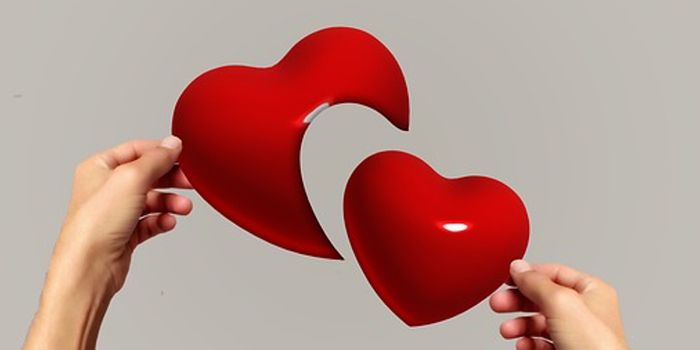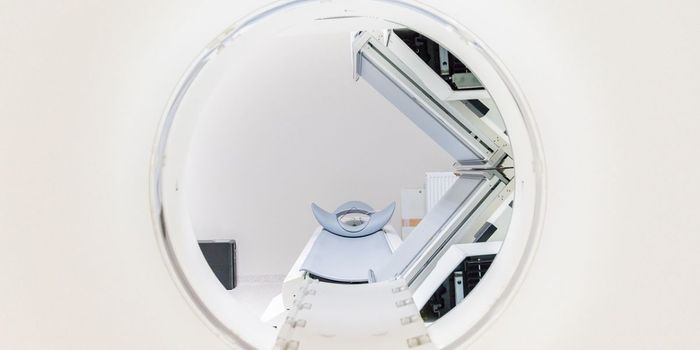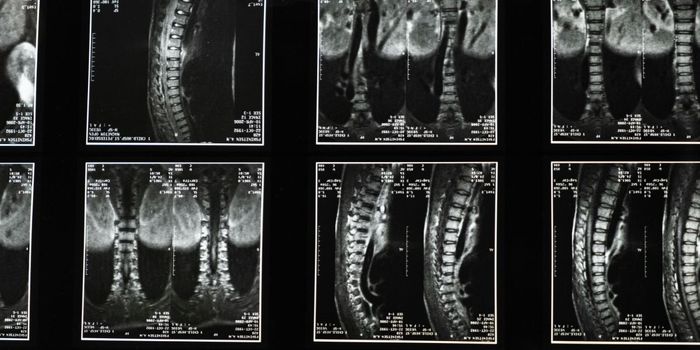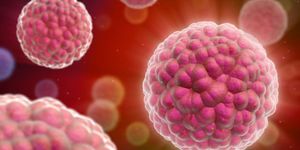A group of scientists from various organizations has come together to help people to communicate, bringing together neuroscience and technology.

According to the National Institute for Neurological Disorders and Stroke (NINDS), cerebral palsy (CP) refers to one of a number of neurological disorders that appear in infancy or early childhood and permanently affect body movement and muscle coordination but does not worsen over time. It is caused by abnormalities in parts of the brain that control muscle movements. Most often, CP begins at birth, although it may not be detected until months or years later. Early signs usually appear before a child reaches 3 years of age -- a lack of muscle coordination when performing voluntary movements (ataxia); stiff or tight muscles and exaggerated reflexes (spasticity); walking with one foot or leg dragging; walking on the toes, a crouched gait, or a "scissored" gait; and muscle tone that is either too stiff or too floppy. Sometimes CP is the result of brain damage early in life, brain infections such as bacterial meningitis or viral encephalitis, head injury or child abuse (http://www.ninds.nih.gov/disorders/cerebral_palsy/cerebral_palsy.htm).
Scientists at the Centre for Genomic Regulation (CRG), the research company Starlab and the group BR::AC (Barcelona Research Art & Creation) of the University of Barcelona think they have an answer. They have developed a device called Brain Polyphony that produces sounds from brain signals to help people with CP to communicate their feelings, as reported in Medical News Today (http://www.medicalnewstoday.com/releases/296674.php).
Led by Mara Dierssen, head of the Cellular & Systems Neurobiology group at CRG, the researchers are working with CRG and the association Pro-Personas con Discapacidades Físicas y Psíquicas (ASDI) from Sant Cugat del Vallès in a pilot phase with healthy and disabled volunteers. According to Dierssen, "At the neuroscientific level, our challenge with Brain Polyphony is to be able to correctly identify the EEG signals--that is, the brain activity--that correspond to certain emotions. The idea is to translate this activity into sound and then to use this system to allow people with disabilities to communicate with the people around them. This alternative communication system based on sonification could be useful not only for patient rehabilitation but also for additional applications, such as diagnosis. Of course, the technological and computational aspects are also challenging. We have to ensure that both the device and the software that translates the signals can give us robust and reproducible signals, so that we can provide this communication system to any patient."
While other signal transduction systems (using brain-computer interfaces) are undergoing testing for people with disabilities, most of them require a certain level of motor control, which represents a major constraint for people with cerebral palsy. Additionally, most of these other devices do not allow real-time analysis of the signals.
Brain Polyphony is designed to enable real-time analysis, starting from the moment the user puts on the interface device. It also enables researchers to directly "hear" brainwaves that can be translated into code words in real time. Brain Polyphony was the result of an internal initiative of the Center for Genomic Regulation (CRG), which seeks to promote multidisciplinary approaches and mainstreaming of basic research focused on patients and society, especially at an early stage.









